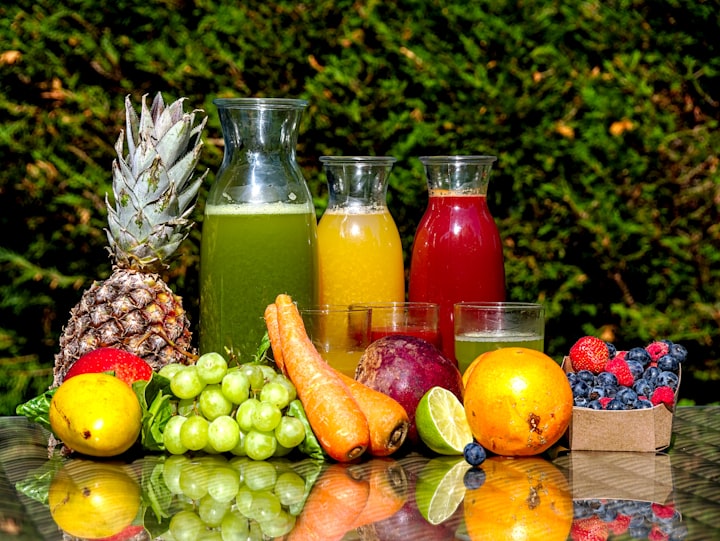Healthiest Diet, It Turns Out, Is Also One Of The Cheapest
Exploring the Affordable Path to Optimal Health

Introduction
When it comes to healthy eating, there is a common misconception that it is expensive and inaccessible. However, recent research has revealed an exciting revelation: the healthiest diet is not only beneficial for our well-being but also friendly to our wallets. Contrary to popular belief, adopting a nutritious and balanced eating pattern can be affordable and sustainable. In this article, we explore the concept of the healthiest diet and delve into the reasons why it is also one of the most cost-effective choices.
Understanding the Healthiest Diet
The healthiest diet encompasses a balanced and diverse range of nutrient-dense foods that provide the essential nutrients needed for optimal health. It typically emphasizes whole foods, including fruits, vegetables, whole grains, legumes, lean proteins, and healthy fats. This dietary approach promotes overall well-being, reduces the risk of chronic diseases, and supports weight management.
The Relationship between Health and Cost
The perception that healthy eating is expensive often arises from the affordability of processed and convenience foods. However, when considering the long-term implications of poor nutrition on health, the cost of preventable diseases and medical treatments can far exceed the upfront expense of healthier food choices.
Strategies for Affordability in Healthy Eating
Meal Planning and Batch Cooking: Planning meals in advance helps reduce food waste and allows for budget-conscious grocery shopping. Batch cooking allows you to prepare larger quantities of meals, which can be divided into portions and frozen for future consumption.
Emphasizing Plant-Based Proteins: Plant-based proteins such as legumes (beans, lentils, chickpeas), tofu, and tempeh are often more affordable than animal-based proteins. Incorporating these protein sources into meals can provide necessary nutrients while being cost-effective.
Seasonal and Local Produce: Opting for seasonal fruits and vegetables not only ensures freshness but also helps to reduce costs. Local produce, especially when sourced directly from farmers' markets or community-supported agriculture (CSA) programs, can often be more affordable than supermarket options.
Bulk Buying and Smart Shopping: Purchasing pantry staples like grains, nuts, and seeds in bulk can lead to significant savings. Additionally, comparing prices, using coupons or discounts, and buying store brands can help stretch your food budget without compromising quality.
Cooking from Scratch: Pre-packaged and processed foods are typically more expensive compared to cooking meals from scratch. By preparing meals at home, you have control over ingredients, portion sizes, and costs.
The Value of Health Investment
Investing in a healthy diet is an investment in long-term well-being. By adopting a nutritious eating pattern, you can potentially reduce the risk of chronic diseases, improve energy levels, enhance mental clarity, and increase productivity. The savings from medical expenses, medications, and missed work days due to illness can far outweigh the initial costs associated with healthy eating.
Addressing Socioeconomic Barriers
It is essential to acknowledge the socioeconomic barriers that can affect access to healthy foods. In some areas, fresh produce may be limited, and healthier options may be priced higher than less nutritious alternatives. Addressing these disparities requires collective efforts, such as community initiatives, policy changes, and increased availability of affordable nutritious foods in underserved areas.
Conclusion
Contrary to popular belief, the healthiest diet is not synonymous with exorbitant costs. By embracing a balanced and nutrient-dense eating pattern, individuals can prioritize their health without breaking the bank. With strategies such as meal planning, plant-based protein sources, seasonal produce, bulk buying, and cooking from scratch, healthy eating can be accessible and affordable for everyone. Investing in our health through a cost-effective diet is a win-win situation, as it not only improves our overall well-being but also saves us from potential healthcare expenses in the long run.





Comments
There are no comments for this story
Be the first to respond and start the conversation.